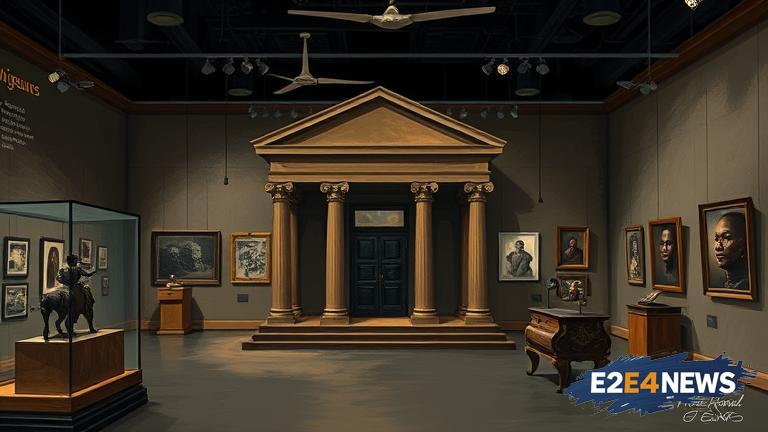Black museums have been instrumental in showcasing the rich history and cultural heritage of African American communities. These institutions have been at the forefront of preserving the stories, struggles, and triumphs of Black people, providing a platform for education, awareness, and empowerment. By highlighting the contributions and achievements of Black individuals, black museums have helped to challenge dominant narratives and promote a more inclusive understanding of American history. The National Museum of African American History and Culture, located in Washington D.C., is a prime example of the importance of black museums. Since its opening in 2016, the museum has welcomed millions of visitors, offering a comprehensive look at the African American experience. The museum’s collections include over 37,000 objects, ranging from artifacts related to slavery and segregation to items associated with prominent Black figures such as Martin Luther King Jr. and Harriet Tubman. Black museums also provide a space for community engagement and dialogue, hosting exhibitions, events, and programs that foster discussion and reflection. Furthermore, these institutions have been crucial in promoting diversity and representation within the museum sector, providing opportunities for Black curators, artists, and historians to showcase their work. The importance of black museums extends beyond the preservation of history, as they also play a significant role in shaping contemporary cultural and social discourse. By amplifying the voices and stories of Black communities, these institutions help to challenge systemic racism and promote social justice. In addition, black museums have been at the forefront of innovation, using digital technologies to increase accessibility and engagement. The use of virtual exhibitions, online collections, and social media has enabled black museums to reach a wider audience, providing a platform for global dialogue and exchange. Despite their significance, black museums often face challenges related to funding, resources, and support. Many of these institutions rely on donations and grants to operate, highlighting the need for sustained investment and commitment. The lack of diversity within the museum sector also poses a challenge, with many black museums struggling to find qualified staff and volunteers. Nevertheless, the importance of black museums cannot be overstated, as they continue to provide a vital platform for preserving history, promoting culture, and empowering communities. In recent years, there has been a growing recognition of the significance of black museums, with many institutions receiving increased funding and support. The establishment of new black museums, such as the National Museum of African American Music, has also helped to expand the reach and impact of these institutions. As the museum sector continues to evolve, it is essential that black museums remain at the forefront of innovation and engagement. By prioritizing diversity, inclusion, and community engagement, these institutions can continue to thrive, providing a powerful platform for preserving history, promoting culture, and empowering communities. The preservation of African American history and culture is a collective responsibility, and black museums play a vital role in this endeavor. As such, it is essential that these institutions receive the support and recognition they deserve, ensuring that the stories and experiences of Black communities continue to be told and celebrated. In conclusion, black museums matter, providing a vital platform for preserving history, promoting culture, and empowering communities. Their significance extends beyond the preservation of history, as they also play a critical role in shaping contemporary cultural and social discourse. As we move forward, it is essential that we prioritize the support and development of black museums, ensuring that these institutions continue to thrive and provide a powerful platform for African American communities.
